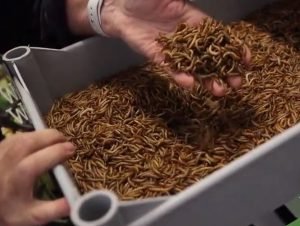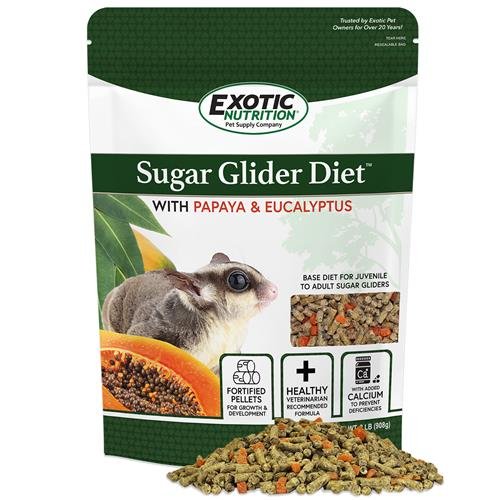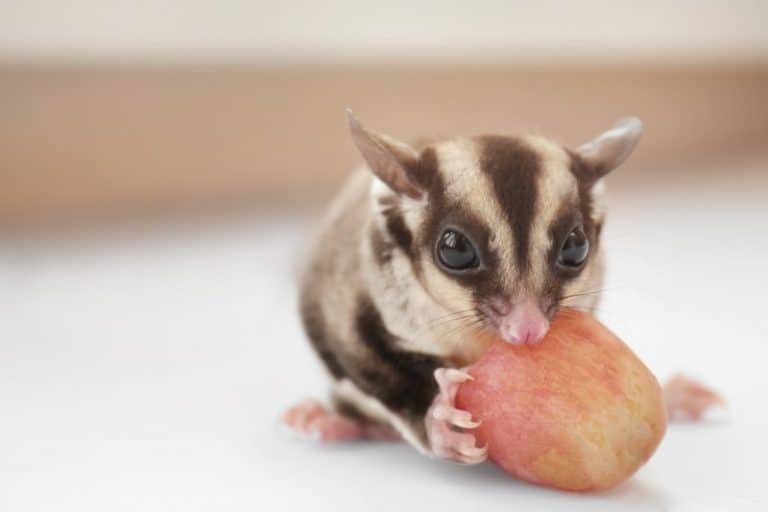Can You Freeze Mealworms
Can You Freeze Mealworms?
Yes, you can freeze mealworms! Freezing mealworms is a convenient way to store these popular feeder insects for reptiles, birds, and other insect-eating pets. Whether you have a surplus of mealworms or want to stock up for future use, freezing can extend their shelf life while maintaining their nutritional value.
Freezing mealworms not only allows you to keep them on hand, but it can also help manage their growth and prevent larvae from maturing into beetles. Additionally, freezing mealworms can help kill any potential parasites or harmful bacteria that might be present.
Now, let’s dive into the details of freezing mealworms and everything you need to know about this process.
The Benefits of Freezing Mealworms
Freezing mealworms offers several advantages, making it an ideal storage method for these versatile feeders. Here are some of the benefits:
1.Extended Shelf Life
By freezing mealworms, you can prolong their lifespan. Fresh mealworms typically have a shelf life of a few weeks when stored at room temperature but freezing them can extend their usability for several months. This allows you to stock up on mealworms and always have a readily available food source for your pets.
2.Convenience
Freezing mealworms offers convenience, especially if you have a busy schedule or if you don’t have easy access to live mealworms. With frozen mealworms, you can simply thaw the desired quantity whenever you need them, eliminating the need for frequent trips to the pet store or breeding your own supply.
3.Growth Control
If you’re breeding mealworms, freezing them can help control their growth. Freezing the mealworms at the larval stage prevents them from maturing into beetles, which can be useful if you want to halt the breeding cycle or maintain a specific colony size.
4.Parasite and Bacteria Elimination
Freezing mealworms can kill any potential parasites or harmful bacteria that might be present. This is particularly important if you are using mealworms as feeders for your pets. Freezing helps ensure that only safe and nutritious insects are fed to your animals.

How to Freeze Mealworms
Freezing mealworms is a simple process that requires minimal effort. Follow these steps to freeze your mealworms effectively:
1.Sort and Clean
Before freezing your mealworms, sort through them to remove any dead or unhealthy ones. It’s important to only freeze healthy mealworms to maintain their nutritional value. Additionally, you can give them a quick rinse with clean water to remove any debris or frass (insect waste).
2.Spread on a Tray or Container
Next, spread the mealworms in a single layer on a tray or in a container. This allows for better freezing and prevents them from sticking together. Choosing an appropriate container with a lid can help protect the mealworms from freezer burn and moisture loss.
3.Place in the Freezer
Once the mealworms are spread out, place the tray or container in the freezer. Make sure to set the temperature to the coldest setting to ensure quick freezing. Leave them undisturbed in the freezer until completely frozen.
4.Transfer to Freezer Bags or Containers
Once the mealworms are frozen, transfer them to freezer bags or containers for long-term storage. Ensure that the bags or containers are airtight to prevent moisture loss and maintain the quality of the mealworms. Label the bags with the date of freezing for easy organization.
Thawing Frozen Mealworms
Thawing frozen mealworms is a straightforward process. Here’s what you need to do:
1.Remove from Freezer
When you’re ready to use the mealworms, take them out from the freezer. Keep in mind that thawed mealworms will start to spoil if left at room temperature for too long, so only remove the quantity you need.
2.Thawing Methods
There are a few ways to thaw frozen mealworms:
– Overnight in the refrigerator: Place the desired amount of frozen mealworms in a container and leave them in the refrigerator overnight. By the next day, they will be fully thawed and ready to use.
– Quick thaw in warm water: If you need to thaw the mealworms quickly, place them in a sealed bag and submerge the bag in warm water for a few minutes. Ensure the water is not too hot, as it can cook the mealworms.
– Room temperature thaw: If you are in a hurry, you can let the mealworms thaw at room temperature. Keep an eye on them to prevent any spoilage.
Frequently Asked Questions
Now, let’s answer some commonly asked questions about freezing mealworms:
1: How long can you freeze mealworms?
When stored properly in a freezer at or below 0°F (-18°C), mealworms can be kept frozen for up to six months without significant loss in quality.
2: Can I freeze live mealworms?
It is not recommended to freeze live mealworms as they will not survive the freezing process. It’s best to freeze mealworms that are already in their larval stage.
3: Can I refreeze thawed mealworms?
It is generally safe to refreeze thawed mealworms as long as they have been thawed in the refrigerator and not left at room temperature for an extended period. However, repeated freezing and thawing can affect their quality and nutritional value.
4: Are frozen mealworms nutritious for pets?
Yes, frozen mealworms retain their nutritional value even after freezing. They are rich in protein, healthy fats, and essential nutrients, making them a suitable food source for reptiles, birds, and other insect-eating pets.
Final Thoughts
Freezing mealworms is a practical and effective way to store these versatile feeder insects. It extends their shelf life, ensures their proper growth, and eliminates potential parasites or harmful bacteria. With the right freezing and thawing methods, you can conveniently provide nutritious mealworms to your beloved pets. So go ahead, stock up on mealworms, and freeze them for whenever your pets need a tasty treat!







